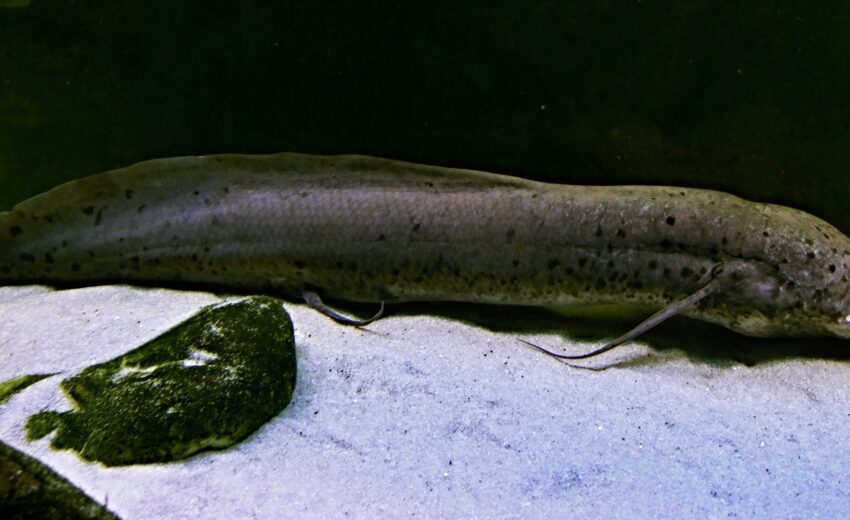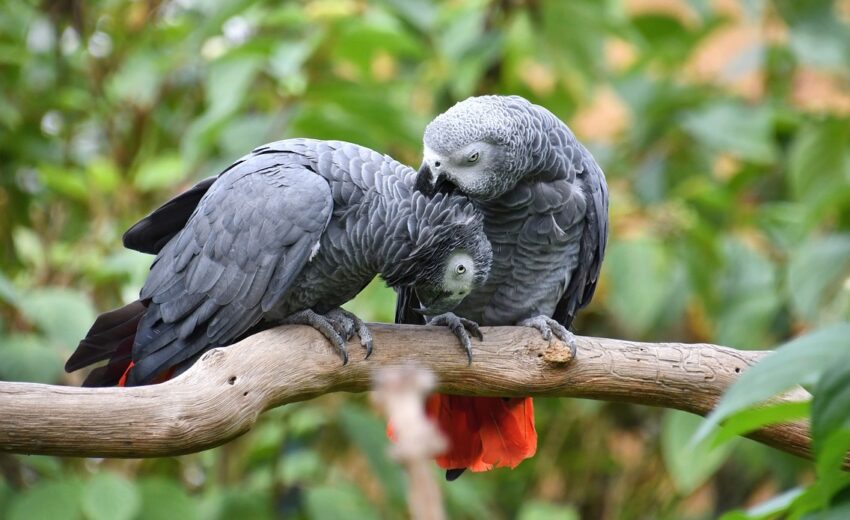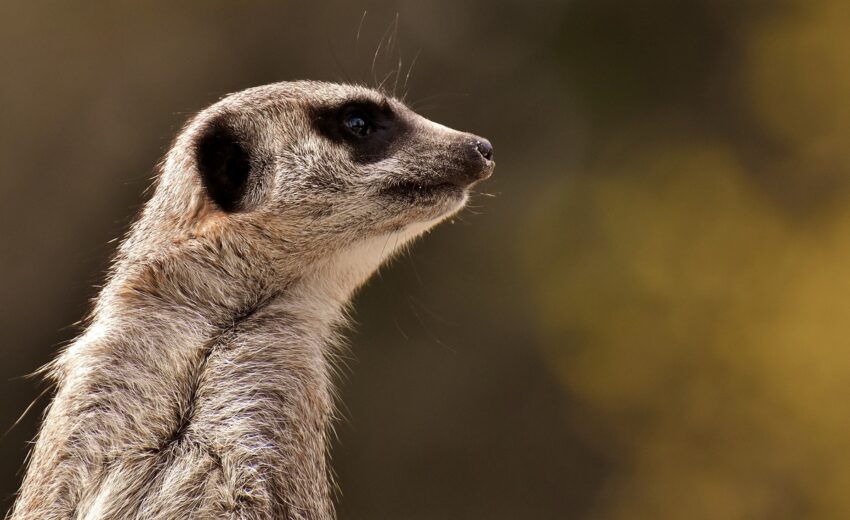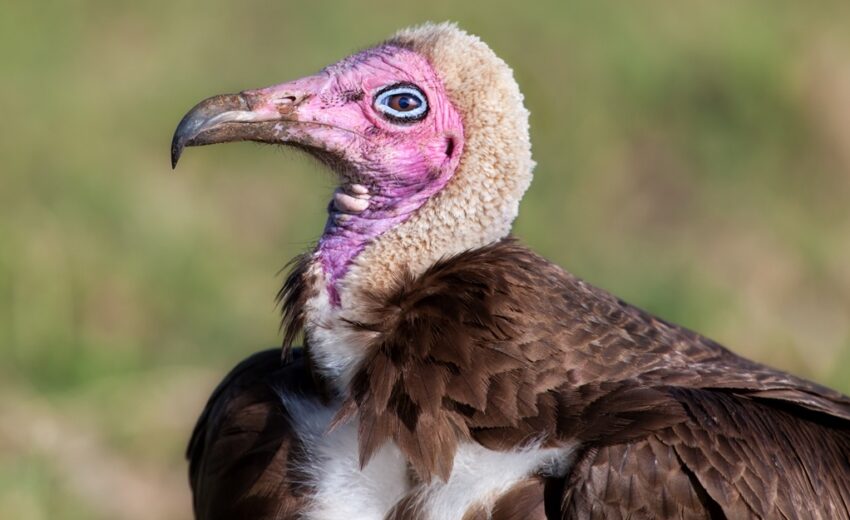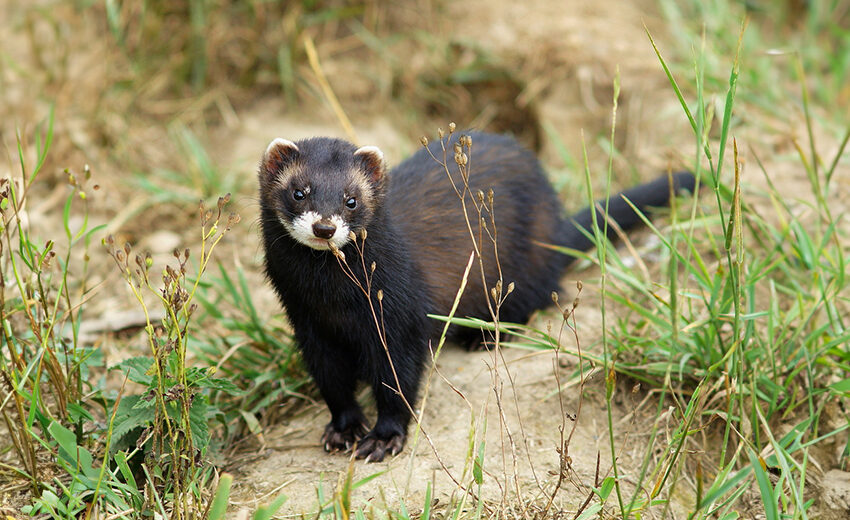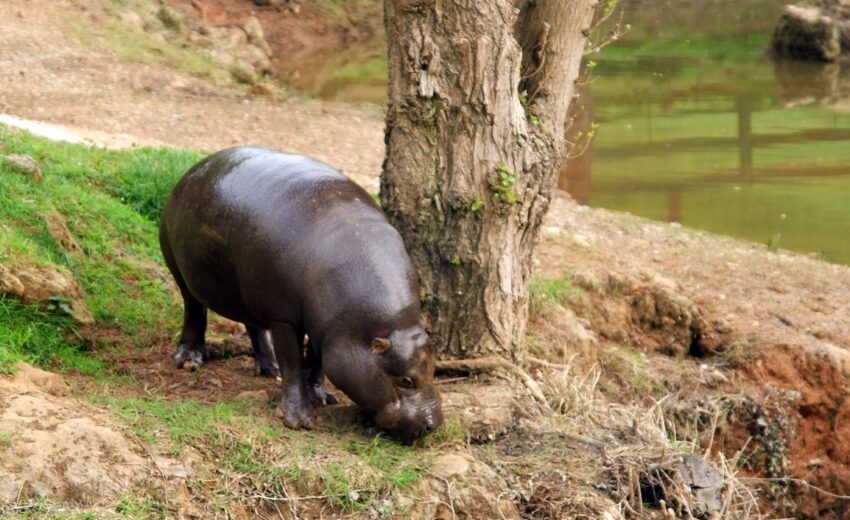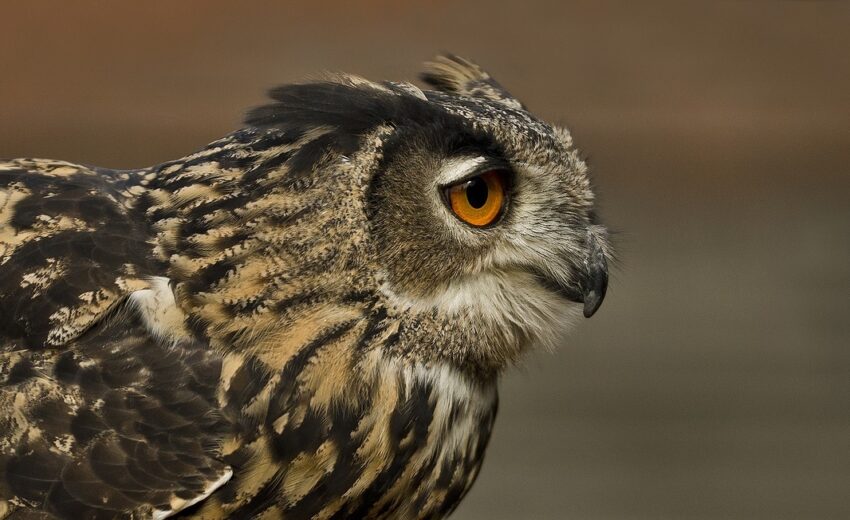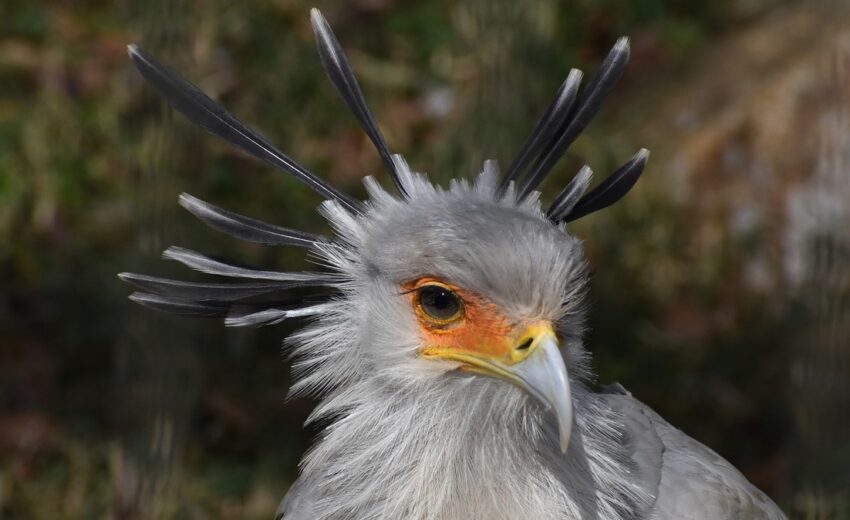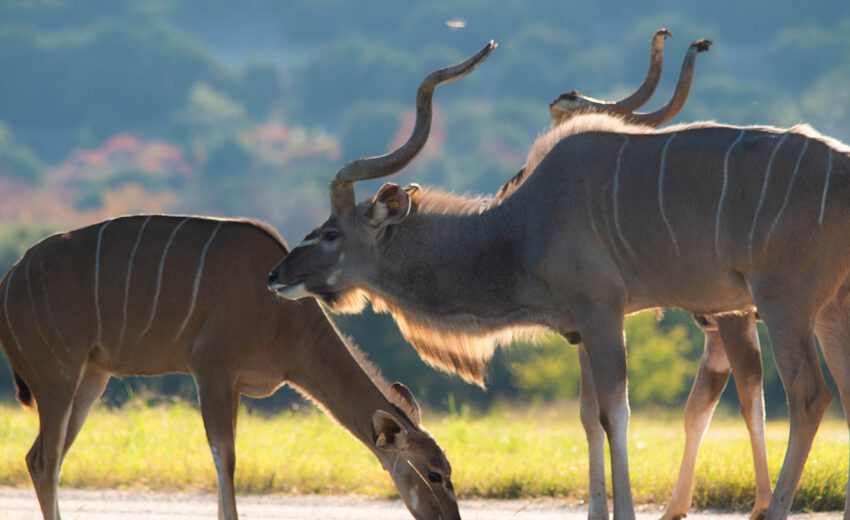The lungfish can be found on 3 continents: Africa, Australia, and South America. But we will be focusing, primarily, on African lungfish. There have been many a speculation as to whether
- Zoology
- Daily Critter Facts
- For Teachers
- Study Guides
- Diseases & Parasites
- Contact

